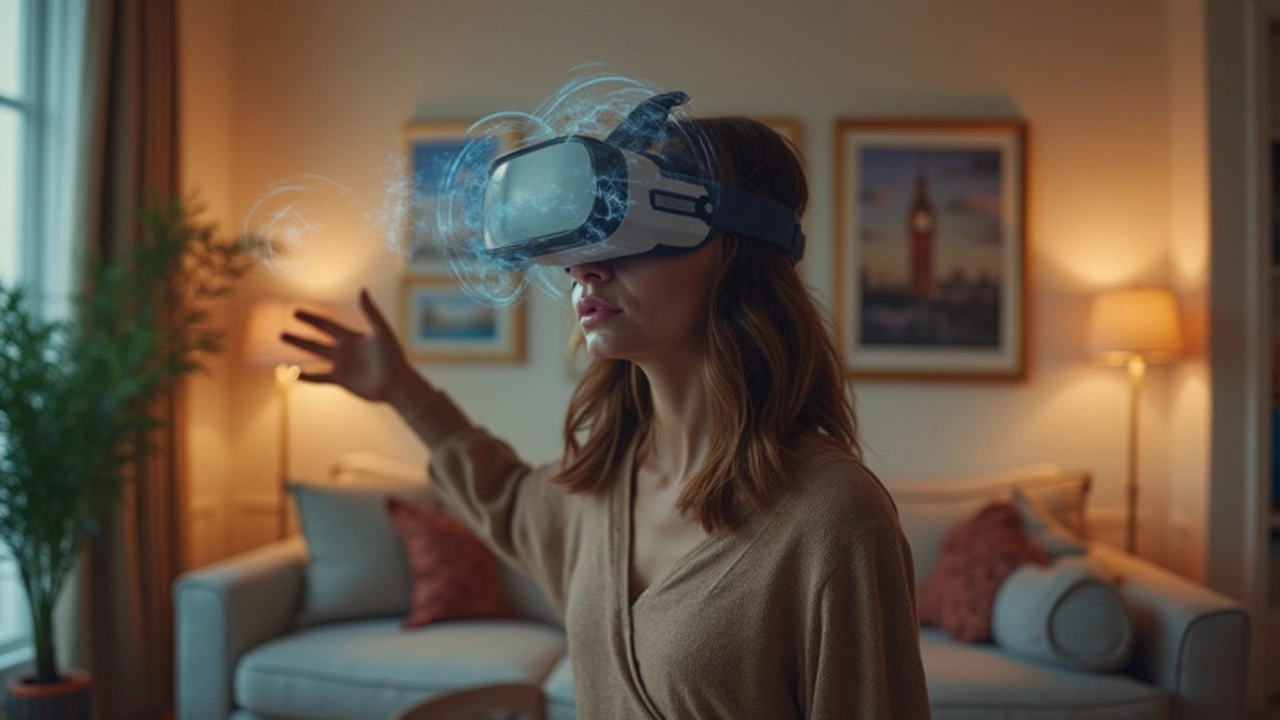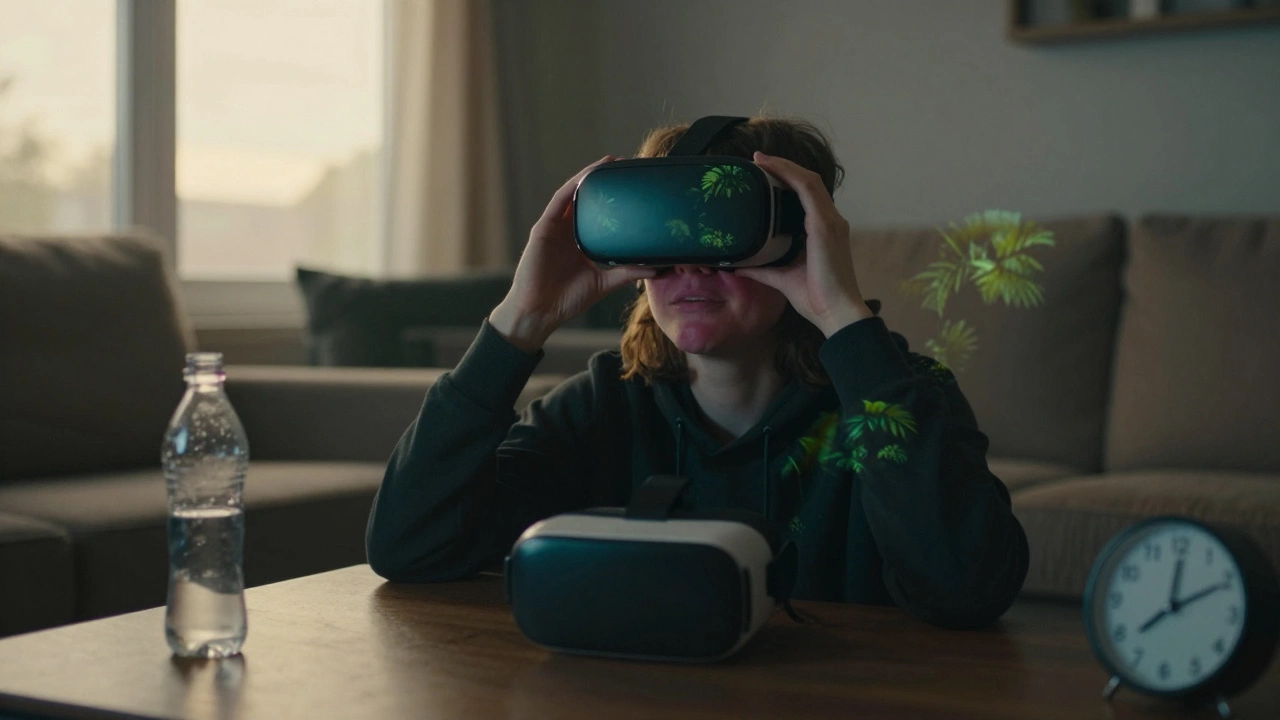VR Immersion: Simple Steps to Feel Totally Inside the Virtual World
Ever put on a headset and felt like you were actually standing on a beach or racing a car? That’s VR immersion – the sweet spot where the digital world feels real. Getting there isn’t magic; it’s about the right gear, a tidy play area, and a few smart habits. Below are the basics you can start using today.
Pick the Right Headset and Controllers
The first game‑changer is the headset. A higher resolution screen and a wide field of view cut down on that fuzzy edge feeling. If you’re on a budget, the Meta Quest line gives good clarity without a pricey PC. For top‑tier immersion, look at the Valve Index or HTC Vive Pro 2 – they sport faster refresh rates and better tracking.
Controllers matter too. Hand‑tracking or finger‑tracking adds a layer of realism because you can grab, point, and manipulate objects just like in real life. If a headset supports both, try the hand‑tracking mode for simple tasks and switch to controllers for precise actions.
Set Up a Clean, Safe Play Space
Clutter is the enemy of immersion. Clear at least a 2 × 2‑meter zone, remove low coffee tables, and use a soft mat to protect your floor. Mark the edges with a thin tape if you’re prone to bumping into walls – it’s surprisingly helpful.
Good lighting helps the headset’s inside‑out cameras track your movement accurately. Bright, even lighting (no harsh shadows) is ideal. If you have a room with windows, keep curtains partially closed to avoid glare.
Lastly, consider a VR‑friendly chair or couch. Some experiences are seated, and a comfortable spot prevents you from groaning after an hour. Just make sure the chair is stable and won’t tip over if you lean forward.
Fine‑Tune Comfort Settings
Even the best headset can feel heavy. Adjust the strap so the weight sits evenly on your head, not just the front. If the headset has a built‑in foam liner, swap it for a breathable cover to reduce sweat.
Set the IPD (interpupillary distance) – the distance between your eyes – to match your own. Most headsets have a slider or dial for this. Getting it right sharpens the image and eases eye strain.
Don’t forget audio. Spatial sound makes a huge difference; use the headset’s built‑in headphones or add a pair of good over‑ear headphones that support 3D audio.
Start with Beginner‑Friendly Experiences
If you jump straight into a fast‑paced shooter, you might feel motion‑sick or overwhelmed. Begin with calm environments: a virtual museum tour, a meditation app, or a simple puzzle game. These let you get used to the headset’s weight, motion, and visual cues without intense action.
Try “Beat Saber” for a fun cardio session that also teaches you to move confidently. The rhythmic beats and clear visual targets keep you focused, reducing the chance of nausea.
Take Breaks and Listen to Your Body
Immersion is awesome, but your body isn’t built for endless virtual sessions. Follow the 20‑minute rule: after every 20 minutes of play, take a short break, stretch, and look at something real. This habit cuts down on eye fatigue and keeps you from getting dizzy.
Stay hydrated, and if you notice persistent discomfort, dial back the session length. Most people find 45‑60 minutes per day strikes a good balance between fun and well‑being.
With the right headset, a tidy area, comfort tweaks, and sensible break habits, you’ll feel the virtual world pulling you in – the true essence of VR immersion. Ready to step inside? Grab your headset and try a new experience today.
How Real Does Virtual Reality Feel? A Deep Dive Into Sensations and Limits
Ever wondered if VR can truly convince your senses? This article breaks down how real virtual reality actually feels, why some details are spot on while others still fall short, and how your brain gets tricked into believing what you see. Dive in to learn which gadgets make the fake seem real, where the tech still stumbles, and how to get the most immersive experience with simple tweaks. You'll even pick up on the little cues your body watches for when judging VR's realism. There’s no sci-fi hype here—just solid facts and tips from real users.






